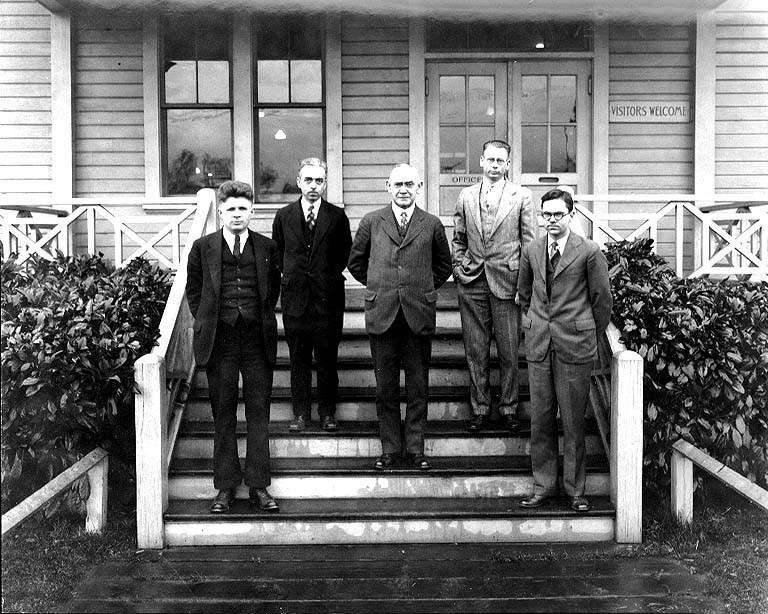Leonard Peter Schultz on:
[Wikipedia]
[Google]
[Amazon]
 Leonard Peter Schultz (1901–1986) was an American ichthyologist.
Leonard Peter Schultz (1901–1986) was an American ichthyologist.
 Leonard Peter Schultz (1901–1986) was an American ichthyologist.
Leonard Peter Schultz (1901–1986) was an American ichthyologist.
Biography
Schultz was born in 1901, atAlbion, Michigan
Albion is a city in Calhoun County in the south central region of the Lower Peninsula of the U.S. state of Michigan. The population was 8,616 at the 2010 census and is part of the Battle Creek Metropolitan Statistical Area.
The earliest English ...
. He received education on ichthyology at Albion College
Albion College is a private liberal arts college in Albion, Michigan. The college was founded in 1835 and its undergraduate population was approximately 1,500 students in 2014.
They participate in NCAA Division III and the Michigan Interco ...
, in which he got his bachelor's degree, in 1924. In 1926, he got his master's degree from the University of Michigan
, mottoeng = "Arts, Knowledge, Truth"
, former_names = Catholepistemiad, or University of Michigania (1817–1821)
, budget = $10.3 billion (2021)
, endowment = $17 billion (2021)As o ...
, and then in 1932 from the University of Washington
The University of Washington (UW, simply Washington, or informally U-Dub) is a public research university in Seattle, Washington.
Founded in 1861, Washington is one of the oldest universities on the West Coast; it was established in Seattle a ...
. From 1928 till 1936, he taught at the College of Fisheries at University of Washington. He was appointed as an assistant curator at the Division of Fishes of the United States National Museum
The Smithsonian Institution ( ), or simply the Smithsonian, is a group of museums and education and research centers, the largest such complex in the world, created by the U.S. government "for the increase and diffusion of knowledge". Founded ...
. During the same year he joined Smithsonian Institution
The Smithsonian Institution ( ), or simply the Smithsonian, is a group of museums and education and research centers, the largest such complex in the world, created by the U.S. government "for the increase and diffusion of knowledge". Founded ...
, where he remained till retirement in 1968.